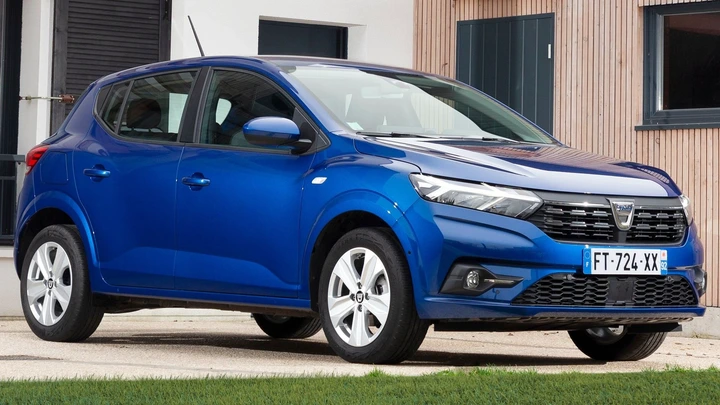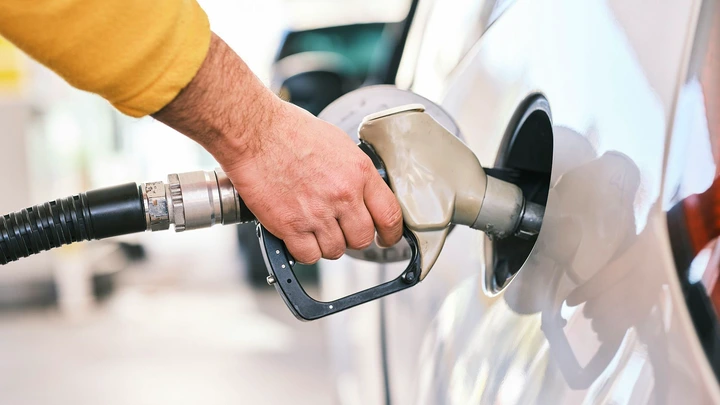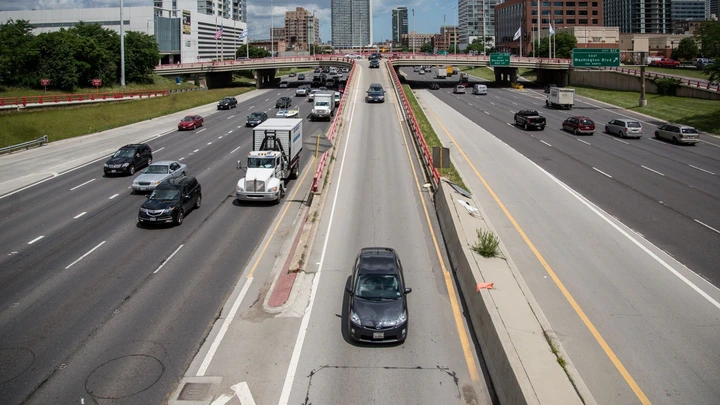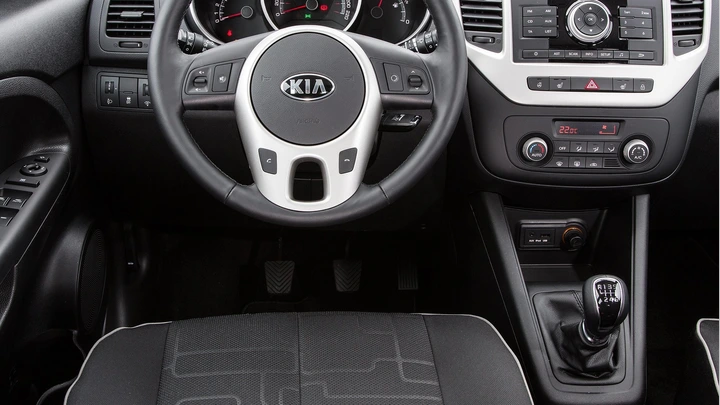
View pictures in App save up to 80% data.
When it comes to us car enthusiasts, there aren't many things more gratifying in the act of driving than using a manual transmission. There's something about being more connected to the car with a manual that can't be matched with an automatic transmission. You feel more involved, and you get the sense that without you, the driver, the car is nothing more than a paperweight. With an automatic, the car merely needs you to operate the throttle and point it in the right direction.
About thirty years ago, the majority of cars sold in the United States came equipped with manual transmissions, except for the more expensive models. If you preferred an automatic, it came at an additional cost, as it was perceived as a luxury feature. However, due to economies of scale, automatic transmissions have now become the norm, while manuals are considered a niche option. The situation in Europe is somewhat distinct. What accounts for this difference?
In this feature, we explored purchasing trends in the USA and Europe to uncover the genuine reasons behind Europe's enduring affection for manual transmissions.
1 Cost

View pictures in App save up to 80% data.
The majority of cars which offer manuals in the States carry a bit of a premium, or at the very least are on-par with automatic transmission-equipped vehicles. For example, the base Toyota Corolla trim level, called the LE, costs $22,325. However, if you want to move into a Corolla with a stick, you'll have to upgrade to the sporty GR Corolla, which starts at $39,995. Basically, the manual transmission is seen as the enthusiast choice.
In Europe, vehicles such as the Dacia Sandero typically come equipped with a manual transmission as standard, requiring buyers to pay extra if they want an automatic option. This trend is also evident in the Škoda Fabia, a no-frills compact hatchback designed for urban driving. These models continue to feature manual gearboxes from older designs that date back over a decade, making it more economical to offer the base versions with a manual transmission while charging additional fees for the automatic variants.
2 Fuel Economy

View pictures in App save up to 80% data.
It's worth mentioning that some CVT-type automatic transmissions used today do get better mileage than manual transmissions, but when it comes to cars built on older platforms using older technology, you can't beat the ultimate control of a manual gearbox. Having said that, it's not impossible to beat a modern automatic transmission.
In the following table, we will present three instances where manual versions of various vehicles achieve superior combined fuel efficiency compared to their automatic counterparts:
Transmission |
Manual |
Automatic |
Difference |
|---|---|---|---|
2001 Toyota Corolla |
31 mpg |
30 mpg |
+1 mpg |
2011 Ford Ranger |
24 mpg |
20 mpg |
+4 mpg |
2019 Honda Civic 1.5T Sedan |
33 mpg |
32 mpg |
+1 mpg |
*Specifications provided by FuelEconomy.gov

View pictures in App save up to 80% data.
Include CarBuzz in your Google News updates.
3 Shorter European Commutes

View pictures in App save up to 80% data.
Given the vast expanse of land in America and its sparse population in comparison to other large nations, many individuals face lengthy commutes. Additionally, the U.S. is less urban-centric than many European countries, meaning that if you reside in suburban areas while working in the city, you're likely to have a considerable distance to travel by car.
As of 2023, the typical commute for Americans is about 27 miles each way. In comparison, Europeans average 18 miles for their one-way trips, making their commutes approximately 34 percent shorter than those in the United States. If you've ever driven a manual transmission car and found yourself frequently caught in traffic, it’s understandable why many Americans have moved away from stick shifts in such situations.
4 More Fun On European Roads

View pictures in App save up to 80% data.
As a country, the United States is criss-crossed with highways, many of them showcasing nothing more than a gentle curve here and there. This is again due to the expansive nature of the US, along with its relatively flat nature, save for the Appalachian and Rocky Mountain ranges. Having a grid-like highway system is the most efficient use of space here, but in Europe, things are different.
Throughout Europe, particularly in the west, you'll find countless winding and serpentine B-roads. These routes weren't designed for efficiency; rather, they were paved over ancient paths that once served ox carts. The true pleasure of driving these curvy roads is best experienced in a manual transmission vehicle, especially if it’s one that lacks excessive power.
5 European Driver's Ed Use Manuals

View pictures in App save up to 80% data.
Although nearly all driver's education programs in the United States utilize vehicles with automatic transmissions for training purposes, many European countries favor teaching driving with manual transmission cars. In several European nations, individuals who pass their driving test in an automatic vehicle are issued driver's licenses that come with a restriction preventing them from operating manual cars. In contrast, in the US, once you obtain your driver's license, you are permitted to drive both automatic and manual vehicles, irrespective of the transmission type used in your driving test.
6 Rental Cars Are Typically Manual

View pictures in App save up to 80% data.
Most of us have had to rent a car at some point. If we're on a trip away from home, and we've flown to wherever it is we've traveled to, odds are we're going to have to visit a rental car facility. In the US, all mass-market rental agencies like Hertz Rent-A-Car or Avis stock automatic cars, ensuring that everyone who needs a rental can drive one. However, over in Europe, most budget rental companies stock manual transmission-equipped cars, as they're usually cheaper, and most European citizens have at least a rudimentary understanding and some experience driving stick shifts.
7 European Hobby Racing Vs. American Hobby Racing
In the United States, our typical casual races often consist of drag races at traffic lights or on deserted highways during the late hours. Although some of us make the occasional trip to a dedicated drag strip, there's an undeniable thrill in racing to see who can make it the fastest between city blocks. While we engage in some circuit racing as well, it’s clear that Europeans have a greater passion for track racing compared to us.
Manual transmissions are far better suited for track racing, where drivers must have full command over the vehicle's gears to maximize power delivery to the track at all times. In contrast, drag racing is simpler; you primarily need to press the accelerator and hold it down, and most contemporary automatic transmissions can manage this effortlessly.
8 Ease Of Repair

View pictures in App save up to 80% data.
Something that's universal throughout America and Europe is the fact that manual transmissions are, typically, cheaper and easier to repair than their automatic counterparts. A manual transmission has significantly fewer moving parts than an automatic, and is generally easier to diagnose. Not to mention, they're usually laden with fewer electronics than automatics, meaning there's less to go wrong regarding gremlins you might have to chase.
As reported by RepairPal.com, the cost of a professional rebuild for a manual transmission usually ranges from $1,500 to $3,000, while an automatic transmission rebuild can vary from $2,000 to $4,000.
Sources: ScienceDirect.com , U.S. Census Bureau